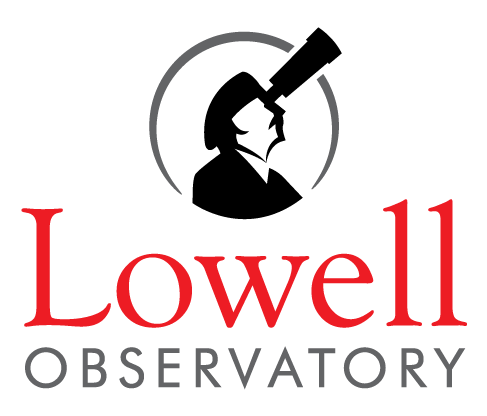The Mission Accessible Near-Earth Objects Survey aims to physically characterize sub-km near-Earth objects (NEOs). We report the first photometric results from the survey that began in 2013 August. Photometric observations were performed using 1-4 m class telescopes around the world. We present rotational periods and light curve amplitudes for 86 sub-km NEOs, though in some cases only lower limits are provided. Our main goal is to obtain light curves for small NEOs (typically, sub-km objects) and estimate their rotational periods, light curve amplitudes, and shapes. These properties are used for a statistical study to constrain overall properties of the NEO population. A weak correlation seems to indicate that smaller objects are more spherical than larger ones. We also report seven NEOs that are fully characterized (light curve and visible spectra) as the most suitable candidates for a future human or robotic mission. Viable mission targets are objects fully characterized, with v NHATS 12 km s-1, and a rotational period P > 1 hr. Assuming a similar rate of object characterization as reported in this paper, approximately 1230 NEOs need to be characterized in order to find 100 viable mission targets.
